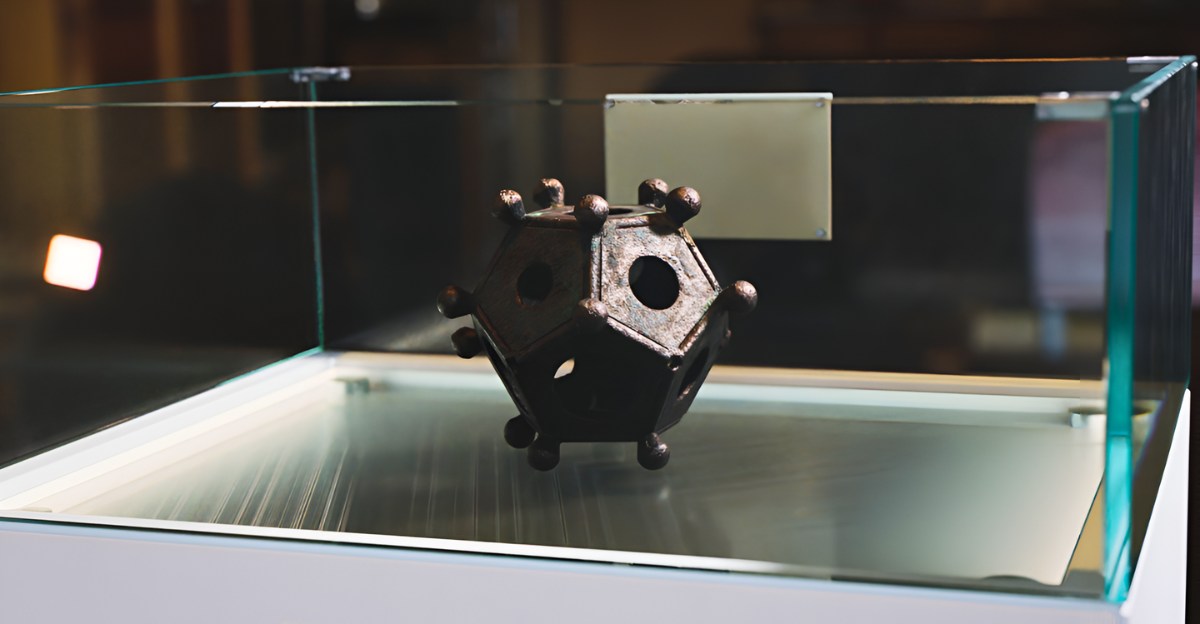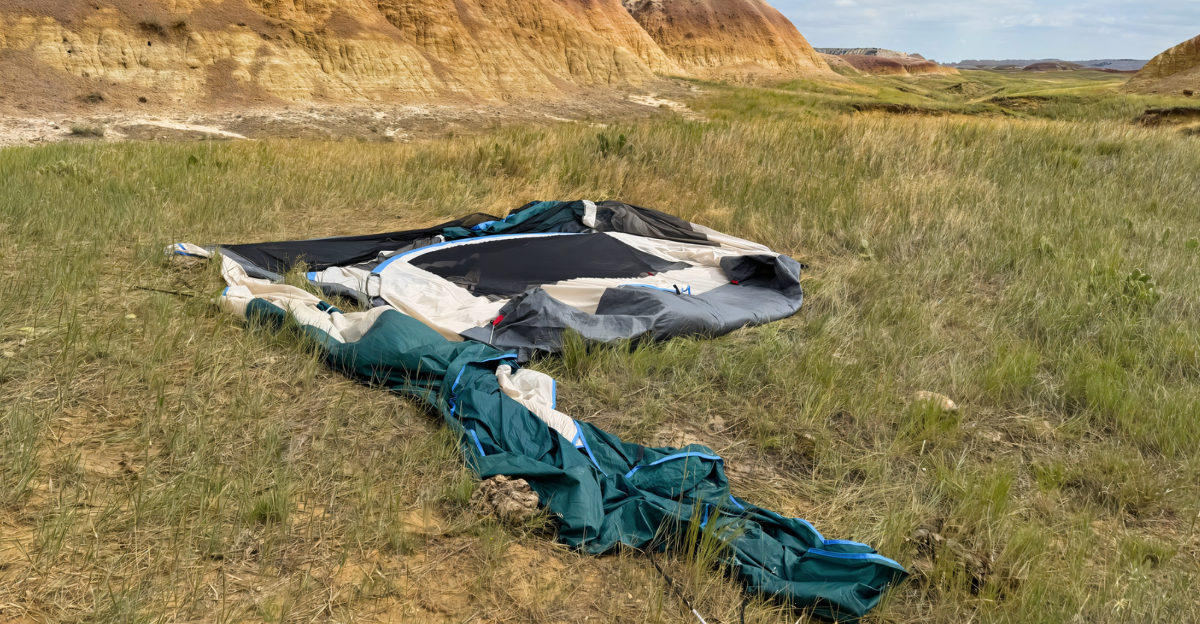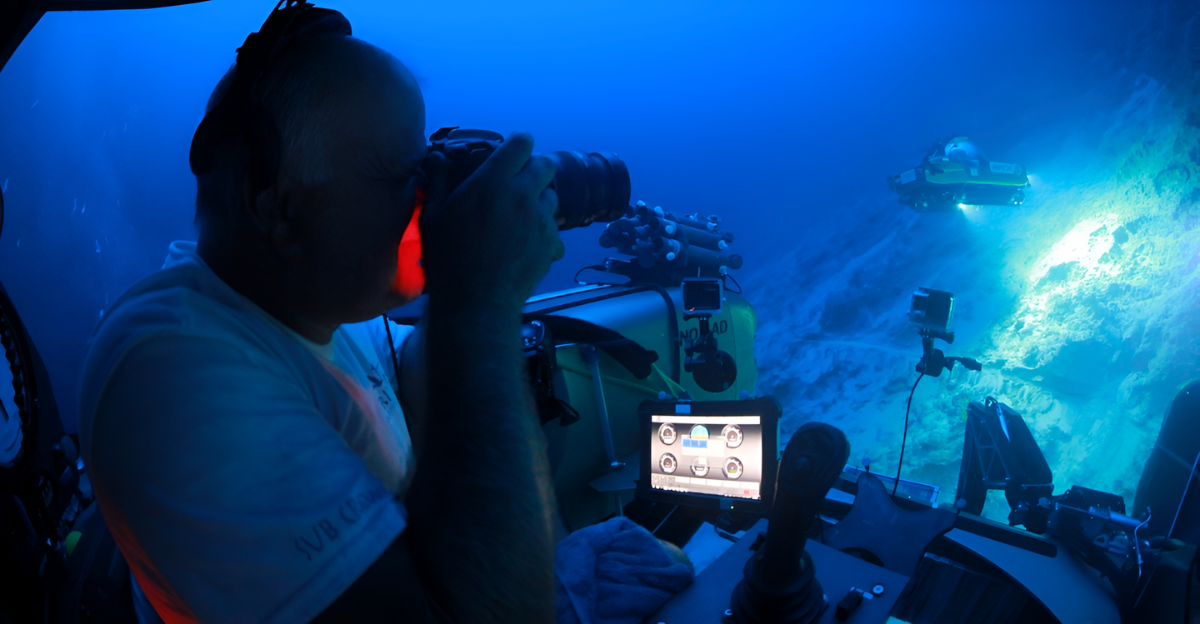
Roughly 300 miles off the southeastern coast of Japan, researchers aboard the deep-sea submersible Shinkai 6500 made an unexpected discovery.
They weren’t searching for mythical creatures, but what they saw through a small porthole, nearly 19,000 feet below the surface, would challenge even their own expectations.
Hidden in the shadows of a volcanic ledge, something ancient-looking clung to the rock. Not only was it unlike anything they’d seen before, it belonged to a group of animals not typically found at such crushing depths. And it wasn’t just unusual, it was entirely new.
Into the Abyss

The Shinkai 6500, one of the world’s deepest-diving crewed submersibles, was on a mission to explore deep-sea volcanic ridges.
The ocean floor here is mostly unseen territory: dark, cold, and under immense pressure. In this unforgiving environment, researchers caught sight of something clinging tightly to the volcanic rock.
A Mysterious Trail

The first clue wasn’t the creature itself, but the trail it left behind. A faint winding mark in the sediment, like a signature scrawled across the seafloor.
This path led the team to the source: a cone-shaped organism sitting motionless, but it was clearly alive. Its strange position and the visible track hinted at a creature that had just moved.
A Glimpse Through the Porthole

Several of these creatures came into view as the sub hovered near the ledge. Each one had a thin, bluish shell with a strange translucency.
Despite the darkness, their presence was clear. One was close enough to be collected by the submersible’s arm, allowing researchers to later study it in full detail.
First Impressions
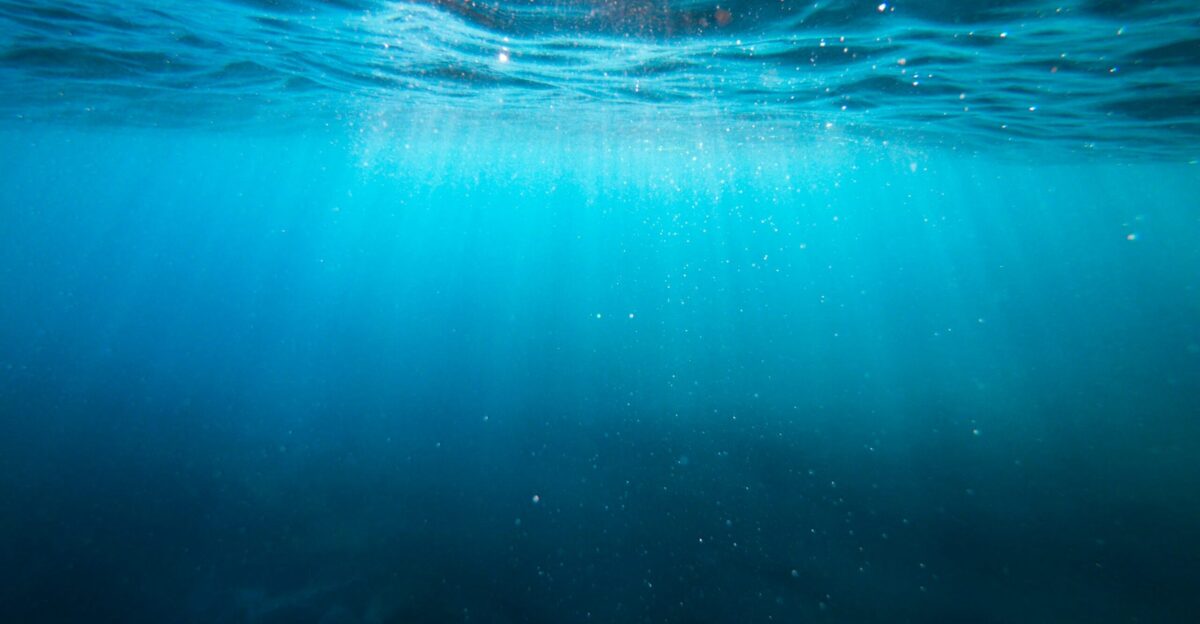
At nearly 2 inches long, this was a very large example of its type. Scientists immediately recognized it as a type of limpet: a group of sea snails usually found much closer to the surface.
But this one was different. Not only did it survive at nearly 6,000 meters deep, it was physically unlike any known limpet.
What Is a Limpet?
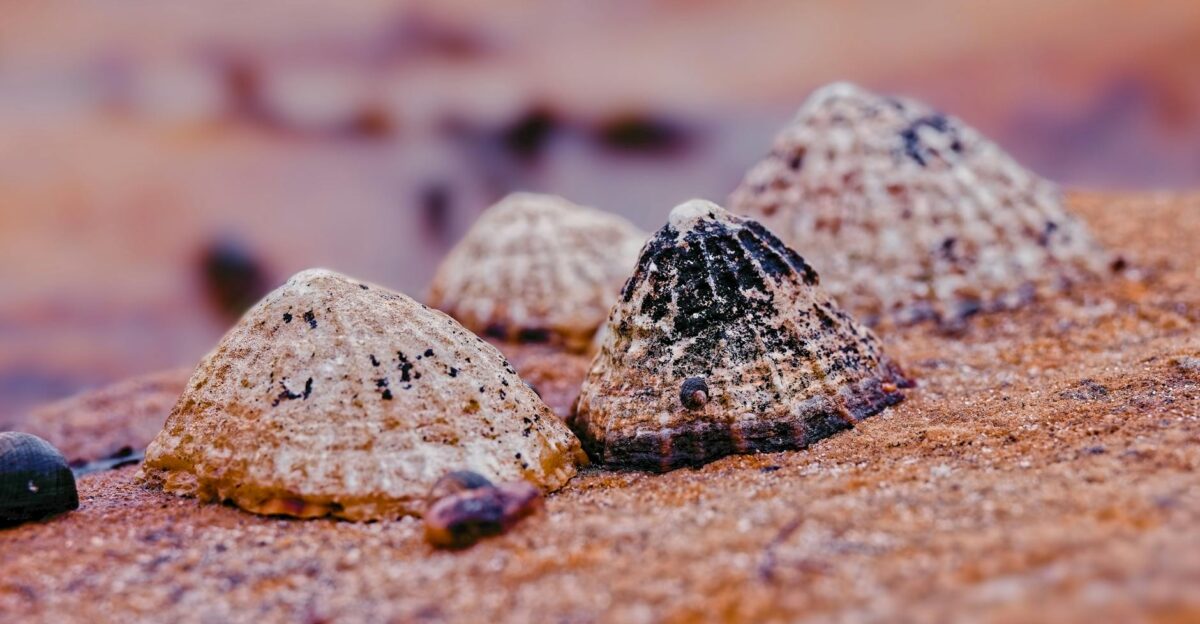
Limpets are marine snails with a cone-shaped shell. Most live in shallow coastal waters and are known for their ability to cling to rocks.
They use a muscular foot to move and feed, often scraping algae. But to find one in the abyssal zone, nearly 4 miles deep, was unheard of.
Meet Bathylepeta
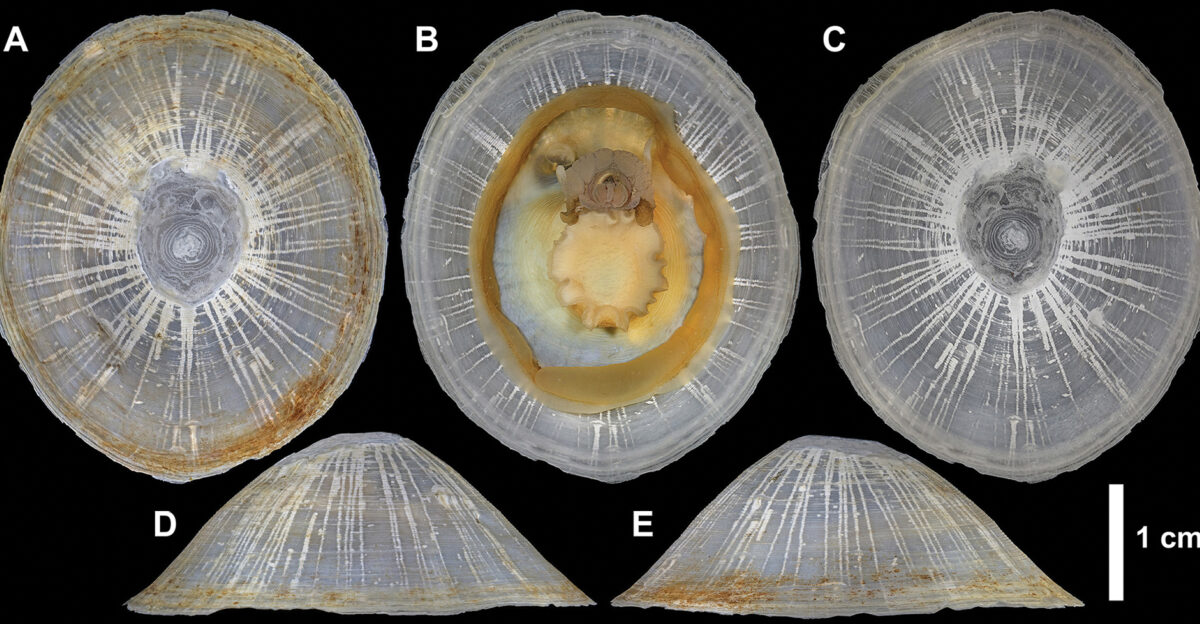
The animal was identified as part of a rare and little-understood genus called Bathylepeta. These gastropods are known for living in deep-sea environments but have been seen only a handful of times. Until now, none had been found this deep or this large.
A New Species Emerges
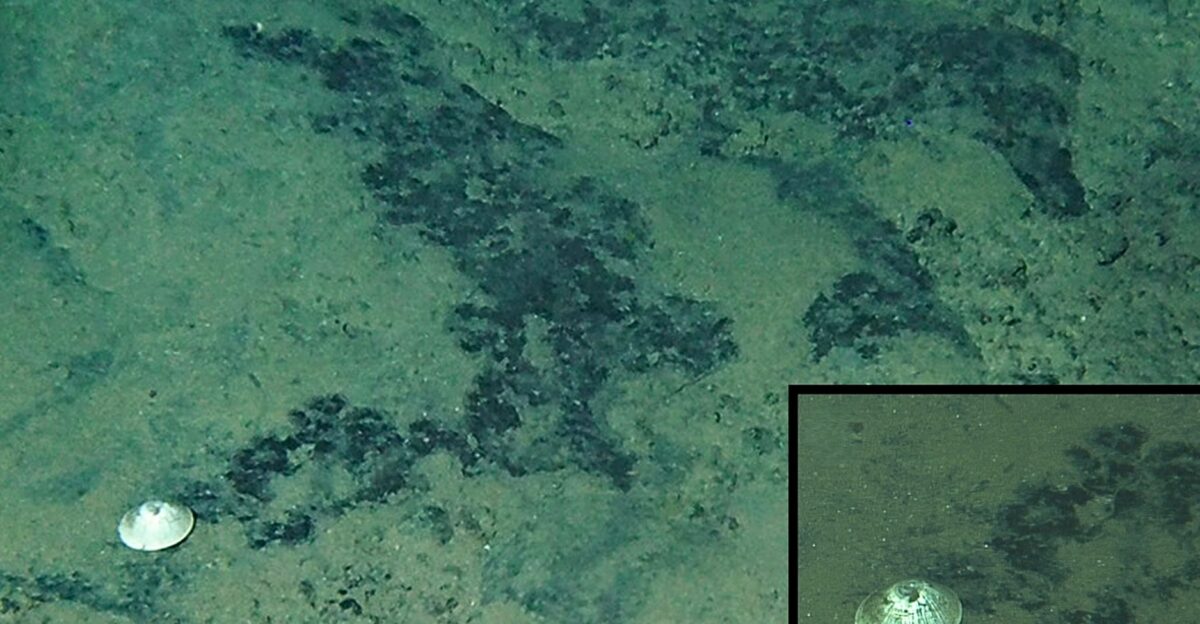
After careful analysis, scientists concluded this was a new species. They named it Bathylepeta wadatsumi.
The species name pays tribute to Wadatsumi, the Japanese sea god. It’s a nod both to the creature’s habitat and its myth-like appearance, emerging from a world few have seen.
Inspired by Myth and Manga
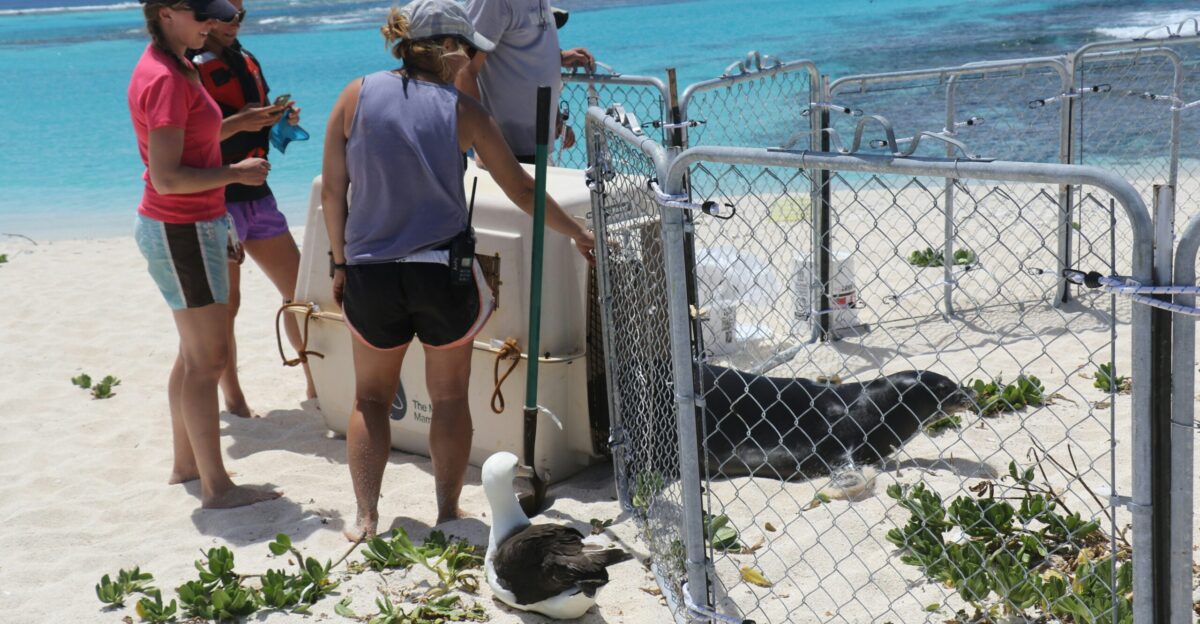
Interestingly, the name also references Wadatsumi from One Piece, a manga character described as a giant fish-man.
Researchers said the comparison felt appropriate. The size of the limpet was impressive for its kind, and its sudden appearance in the deep sea mirrored something out of fiction.
What It Looks Like
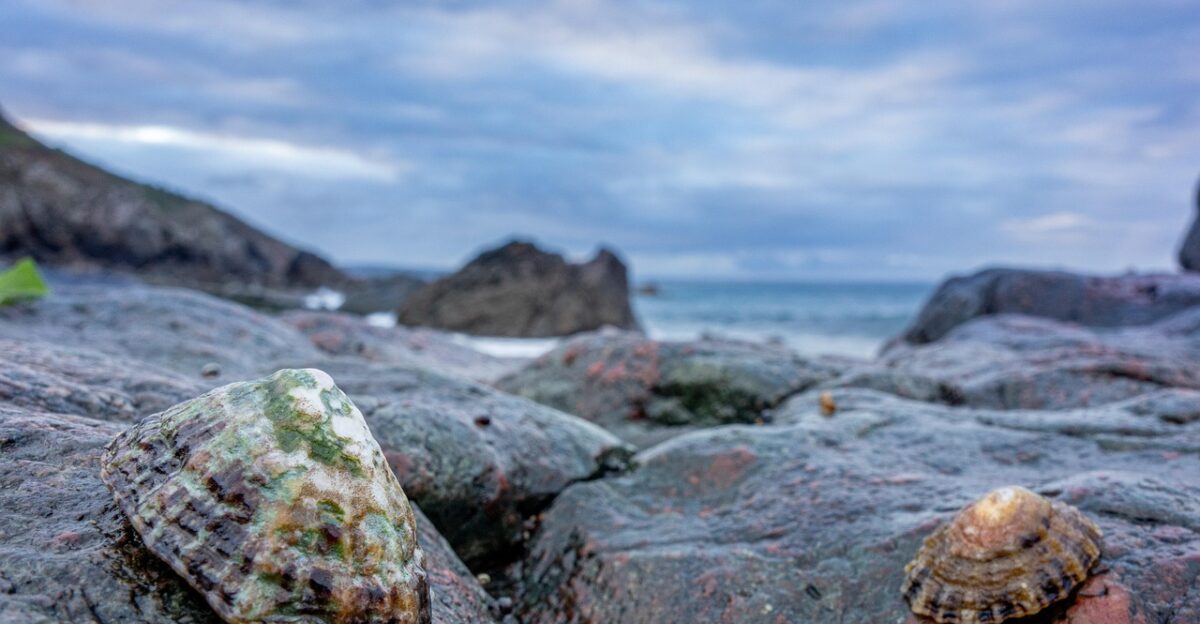
Its shell is cone-shaped, thin, and slightly elastic. The bluish-grey tint suggests it contains high levels of organic material.
Underneath, the animal’s soft body is reddish-brown with a large oval foot that helps it grip and move across surfaces, even under extreme pressure.
Why It Matters
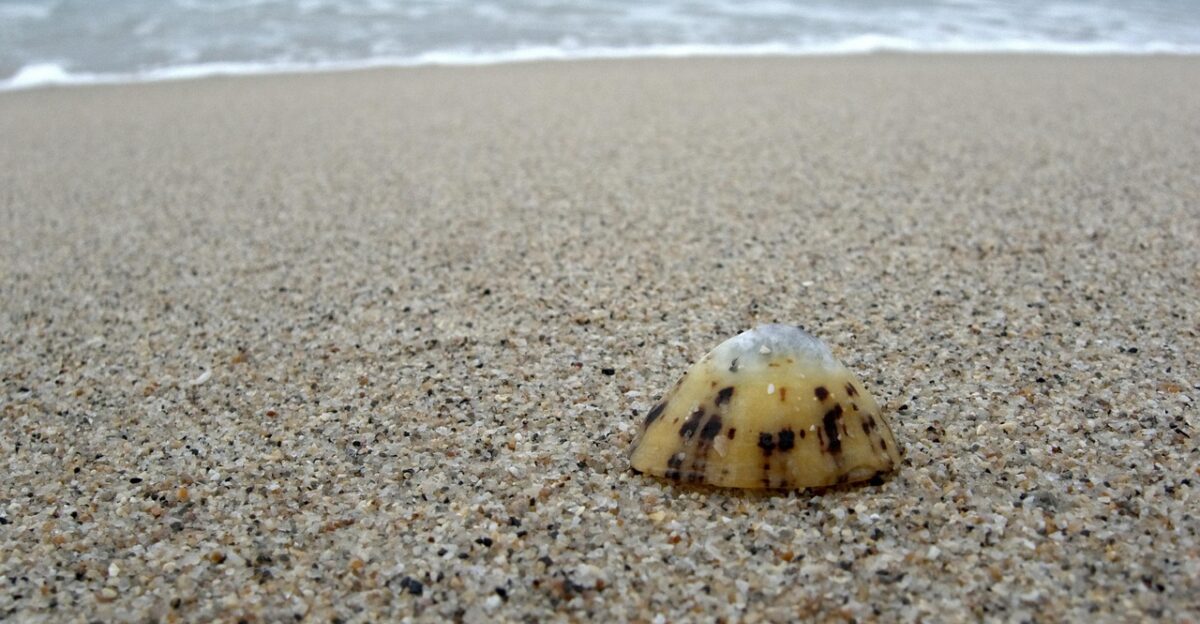
This isn’t just about discovering a new creature. It’s about pushing the boundaries of where life can exist. Limpets weren’t expected to live this deep, let alone thrive. This find challenges assumptions about the distribution of life in the ocean’s harshest zones.
One of a Kind (So Far)
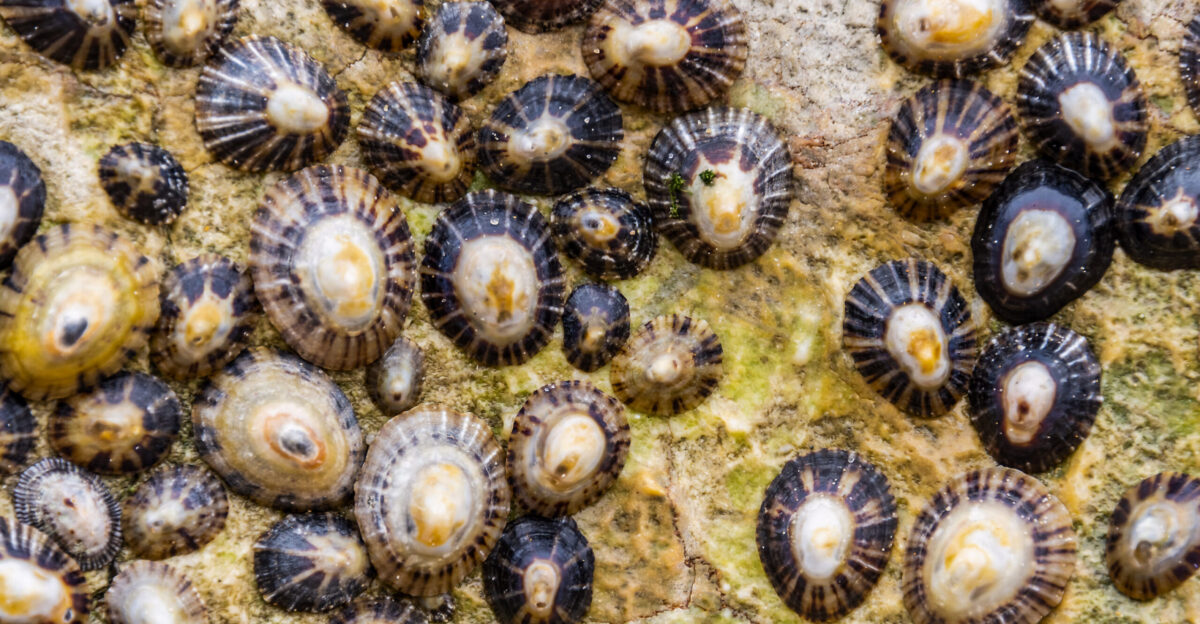
Though several individuals were seen during the dive, only one was retrieved. This “holotype”, the specimen used to describe and name a new species, is now crucial for future comparisons. It sets the benchmark for identifying other deep-sea limpets.
The Role of Submersibles

Without submersibles like Shinkai 6500, this discovery wouldn’t have happened. Remote cameras and surface trawling miss much of what lives on vertical or rocky surfaces. Human-operated subs allow direct observation and precision sampling in areas otherwise unreachable.
How Deep Is Too Deep?
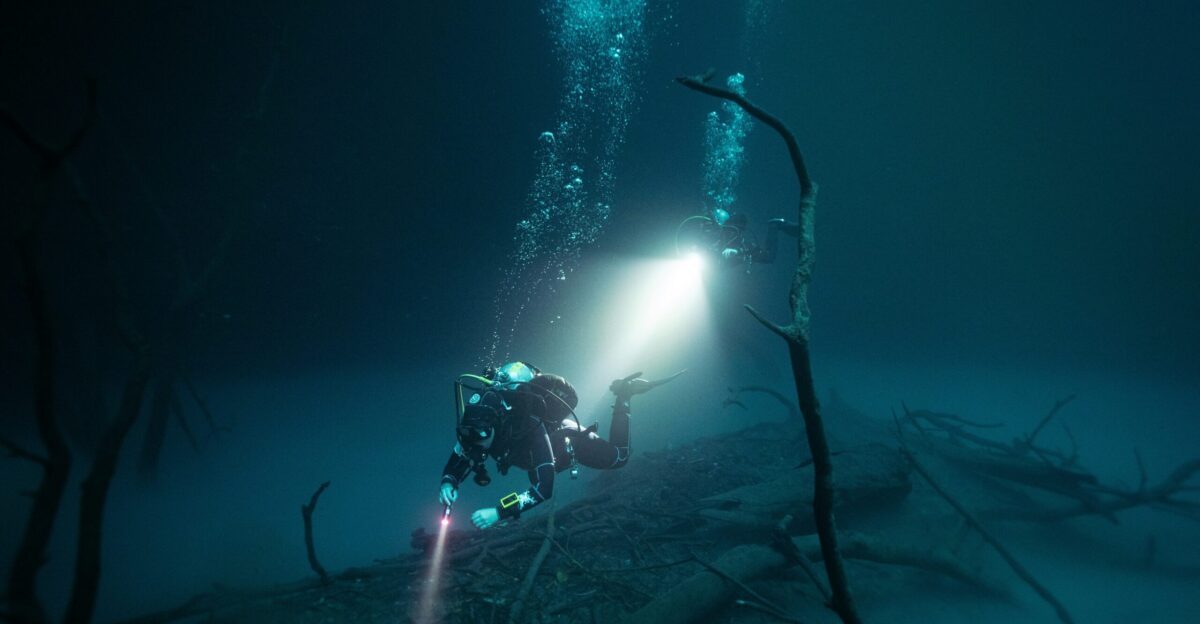
The depth of 19,000 feet (about 5,800 meters) is near the bottom of the ocean’s abyssal zone. Temperatures hover near freezing, sunlight doesn’t reach, and pressure is over 1,000 times greater than at sea level. Finding life here, especially newly evolved species, shows how adaptable organisms can be.
A Bigger Picture
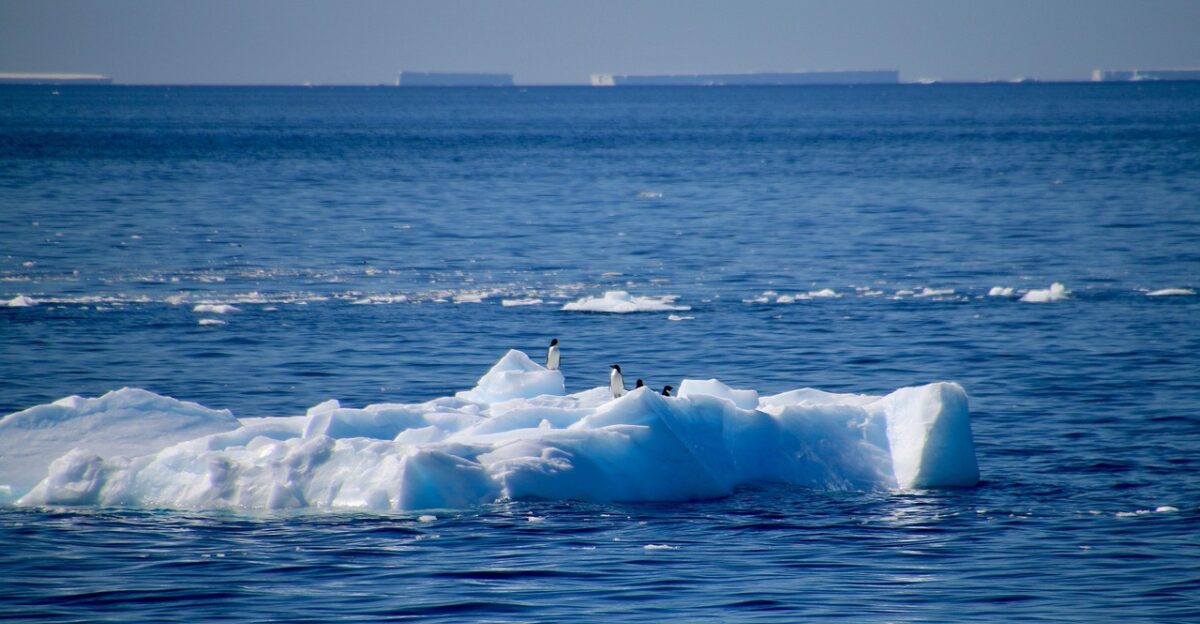
Other members of the Bathylepeta genus have been found in distant places from off the coast of Chile to the Weddell Sea near Antarctica.
This suggests the genus may span across multiple oceans, indicating an ability to disperse widely, possibly through drifting larvae.
Overlooked Until Now

Scientists believe these creatures might have been hiding in plain sight, or rather, in areas we’ve barely studied.
The deep-sea floor is vast and underexplored. Every dive increases the chances of stumbling upon something entirely new to science.
Thousands of Species Await

Each year, researchers identify thousands of new species. But deep-sea discoveries are among the rarest and most valuable.
Not only are they hard to access, they often represent branches of life that have evolved in isolation over millions of years.
Challenges of Studying the Deep
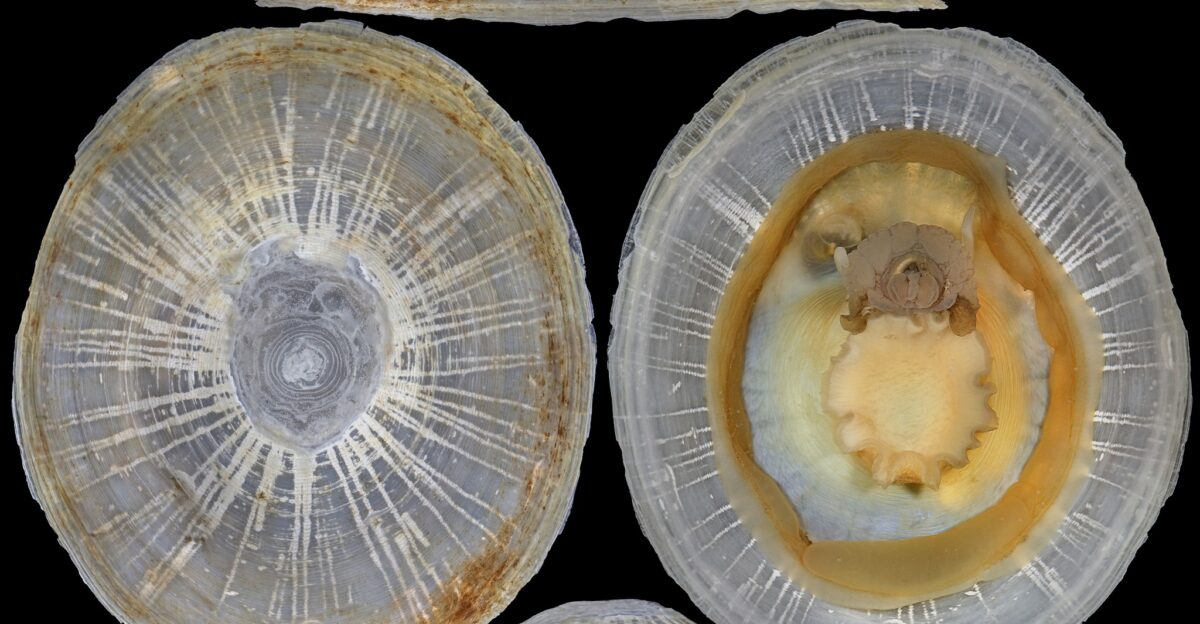
Studying creatures like B. wadatsumi isn’t easy. Collection is difficult. Maintaining deep-sea conditions in labs is nearly impossible.
Much of what we know comes from observing just one or two individuals, making each find incredibly important.
What’s Next?
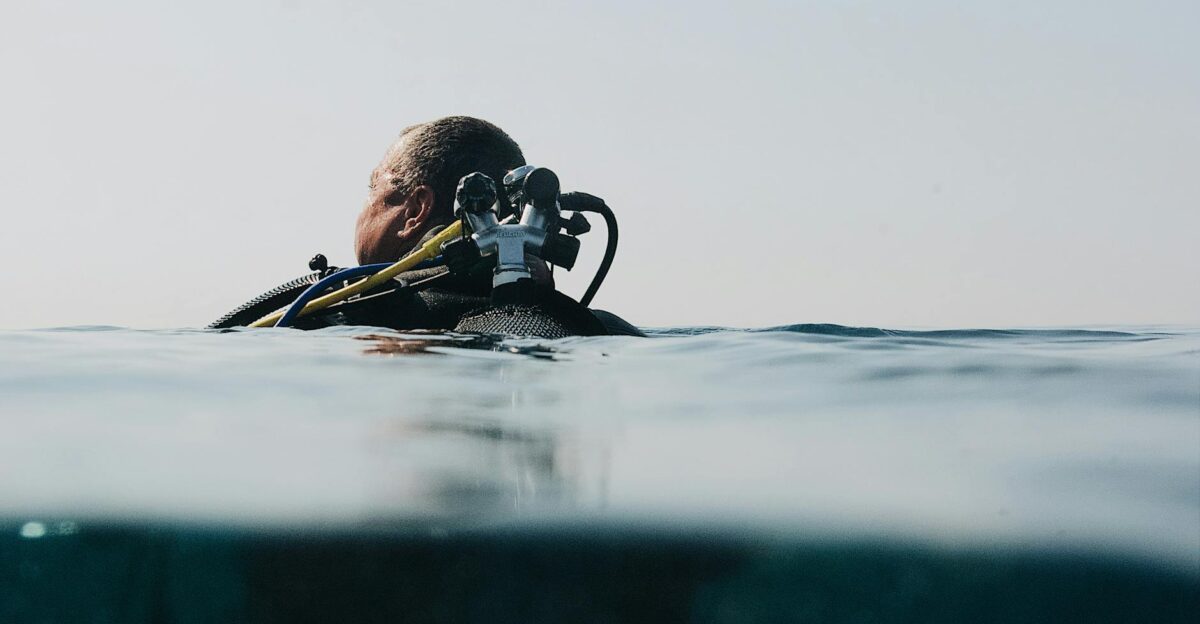
The team plans more dives in the same region, hoping to find more specimens. They’re also using this data to map out similar volcanic ridges around the Pacific. If B. wadatsumi exists here, its relatives may be hiding elsewhere.
A Reminder From the Deep
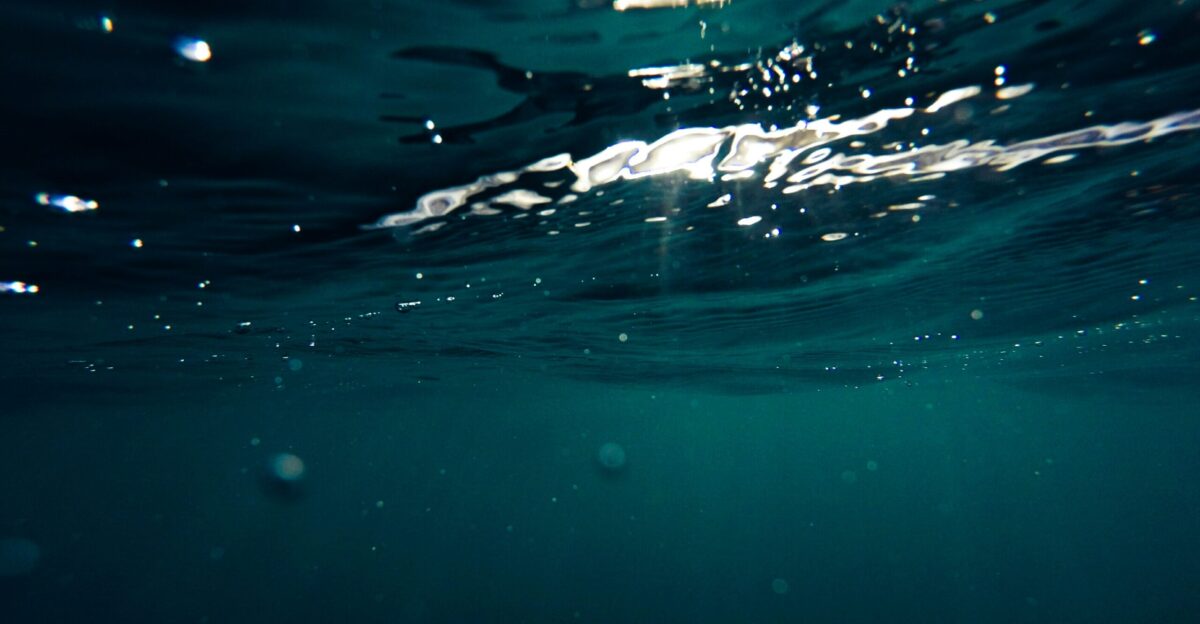
This discovery is a reminder that Earth still holds secrets. Our oceans remain largely unexplored in an age when satellites can map galaxies.
The ‘Sea God’ species is one of countless mysteries waiting in the dark. We’ve only just scratched the surface.

